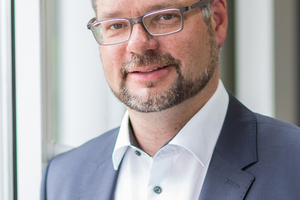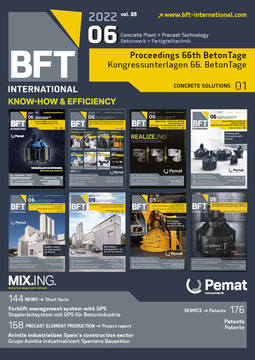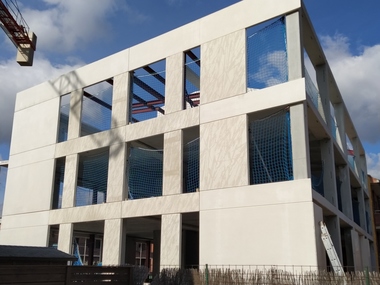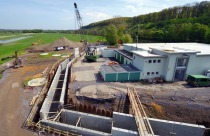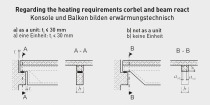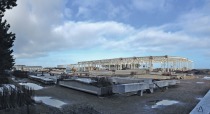Surfaces of structural precast elements / execution in accordance with FDB product specification sheet No. 1
Structural precast elements are primarily used in classic industrial and commercial construction. In the form of such elements as roof trusses, beams, horizontal members, transfer beams and columns, they provide the supporting members of a building. Additional reinforced-concrete elements for fire walls, staircases, office furnishings. etc. frequently supplement these constructions. The subsequent use of the buildings is of primary importance, but the clients have a claim to their visual appearance.
The surfaces of the precast elements that are visible on the completed building are so-called fair-faced concrete surfaces. These are both the formed surfaces and the casting sides of the reinforced–concrete elements. The formed surfaces meet, as a rule, the requirements of the usual fair-faced concrete surface 2 (SB2) in accordance with “Merkblatt Sichtbeton” of the German concrete and construction technology association – Deutscher Beton- und Bautechnikverein E.V. (DBV). In practice, this view is unanimously shared by architects, planners, clients and precasters. For this reason,
the revised version of Merkblatt No. 1 “Sichtbeton” of the trade association of German precast construction – Fachvereinigung Deutscher Betonfertigteilbau e.V. (FDB) – contains this specifications
(SB2), which has been defined for the first time as standard for precast elements.
Columns and wall slabs are usually manufactured lying flat in the plant. For this reason, the casting side is visible in the subsequent building. Here, the specifications in the Merkblatt define surface finishing as standard execution: “screeded and manually smoothed with a trowel.” Many years of experience and feedback received from precasters confirm this execution in practice. In the Merkblatt, additional possibilities of surface execution are named, their visual appearance described and advantages and disadvantages listed.
Invitations to tender for reinforced-concrete elements without detailed design specifications can now take place simply by making
reference to the standard execution in the new Merkblatt. If deviating executions are desired, the new check list of the new FDB-Merkblatt No. 14 will serve as aid for an unambiguous description
of works.

